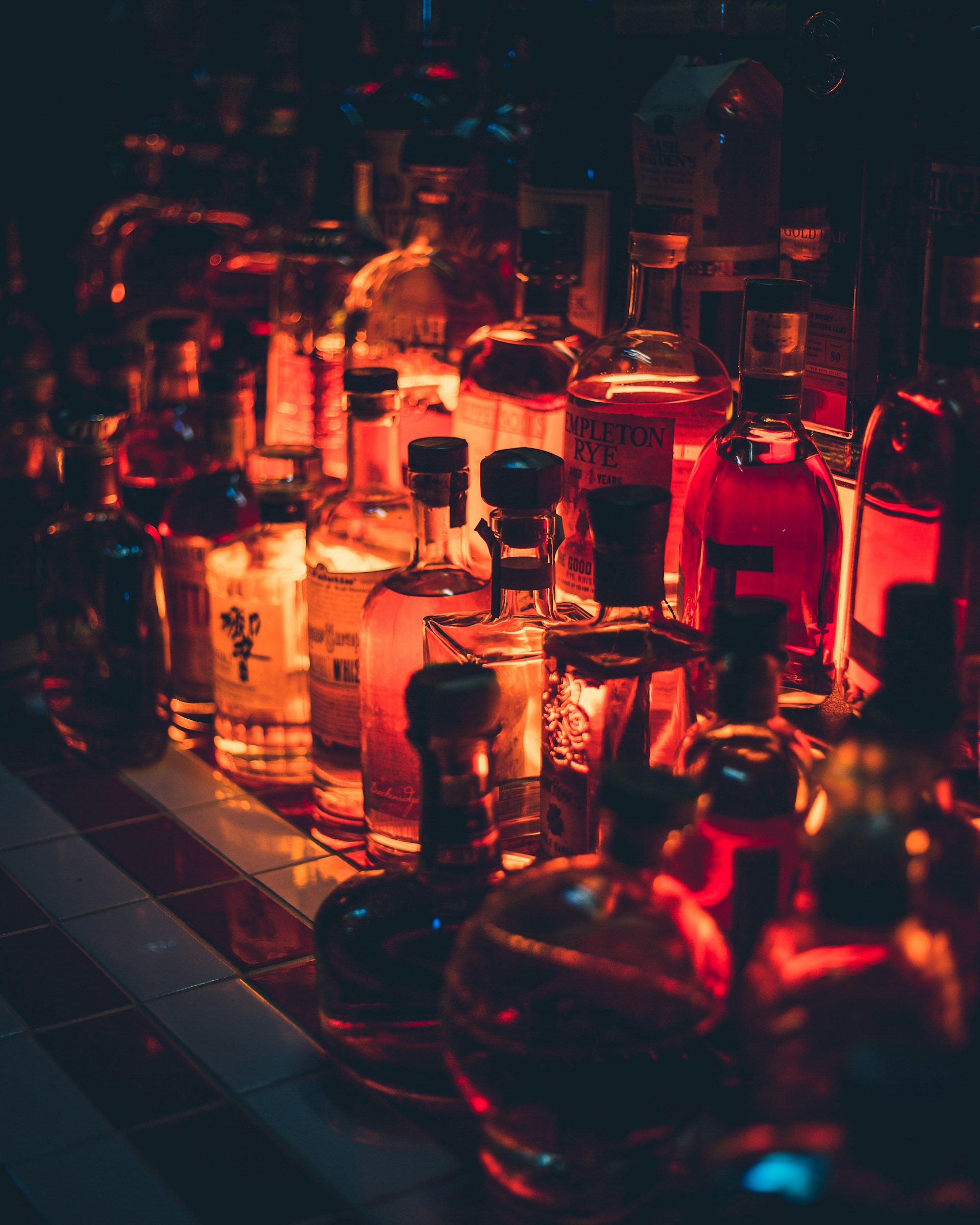
If you enjoy a glass of bourbon or two only every few weeks or months, you might assume that your favorite whiskey, safe in its bottle, will last for years. Well, it might, and it might not. This depends on several factors.
If you haven’t yet opened your bottle, you’re totally in the clear. Since bourbon is bottled at no less than 40% alcohol by volume, there’s little chance bacteria and any oxidation will get in and change the aromas and flavors. It’s also done aging once it hits the barrel, and most (if not all) of the air is removed, so it should taste just as good years later as long as it’s stored properly (we’ll get into that later). If it’s opened already, this is when things start to get tricky.

Oxidation is a flavor changer for bourbon
As we mentioned earlier, a sealed bottle will remain the same in terms of aroma and flavor for years or decades as long as it’s stored properly. The cork will let in some air during the years, but not enough to change the whiskey’s flavor. The problem is when you open your bourbon. Sure, you might leave a bottle open for months or years and not notice the nuanced flavor and aroma differences. But you should know that the moment you uncork your favorite bourbon, you’re exposing it to bacteria and oxidation.
Once oxygen interacts with the chemical properties of bourbon, the molecules begin to change to acetic acid. This creates the sour aroma and flavor you might notice if you leave an open bottle sitting around for too long.

More drinking equals more oxidation
Sure, if you open a bottle of bourbon and pour one glass, it will still oxidize. But the more you drink, the more exposed air there is to add to the oxidation. More space in the bottle means the aromas and flavors will start to become musty and sour and might also begin to remove some of the flavor entirely, making it taste more muted and watery. Not properly storing the bottle will add to the deterioration of the aroma and flavor.

How to tell if your bourbon has gone bad
Before simply dumping your favorite bourbon down the drain, there are numerous ways to tell if your whiskey has gone bad.
Your bourbon has changed color
First and foremost, you’ll likely notice that the color has changed. It’s likely lighter or has a different hue than you remember. This is the first of many bad signs.
Your bourbon tastes different
The taste can change in several ways. It might seem much harsher and hotter than you remember. It could have a sour, funky, acidic aroma and flavor that makes it undrinkable (that’s a pretty good sign). It also might be bitter and unpalatable or simply taste blander and more muted than you remember. If it looks like there’s mold growing in the bottle or if it even smells like mold, you’re not going to want to drink it.

Ways to help keep your bourbon fresh
It’s important to note that, even after it’s opened if housed properly, bourbon should keep its original aromas and flavors for a while. That means that you shouldn’t open it up and leave it on your kitchen counter or anywhere in direct sunlight. That’s a huge no-no.
- Store your bourbon (and all of your aged spirits) in a cool, dry, dark place like a pantry, liquor cabinet, or basement (as long as it isn’t wet), whether it’s opened or not.
- If you have a wine rack that holds your bottles on their sides, continue to keep your Merlot, Sauvignon Blanc, and Malbec on there. Even though it might look cool, never put your bourbon on a rock that keeps it on its side. Bourbon should always be stored in an upright position so the cork doesn’t erode and corrode. Not only will this let in more air, but it might even make some of your whiskey leak out of the bottle before you ever get a chance to drink it.
Part of the reason you should keep your whiskey in a cool, dry, dark place is that it needs to be kept out of direct sunlight. The UV rays shining into the bottle can change the whiskey’s chemical properties and remove some of the aroma and flavor, making it taste bland. It can also change the color.

Final thoughts
The most important information: after you crack open that bottle of Elijah Craig Small Batch or Wild Turkey Rare Breed, you’re going to want to drink it within 4-6 months, regardless of where you keep it. If you drink it, you don’t have to worry about bacteria, oxidation, and anything else that will change or ruin the aromas and flavors.



